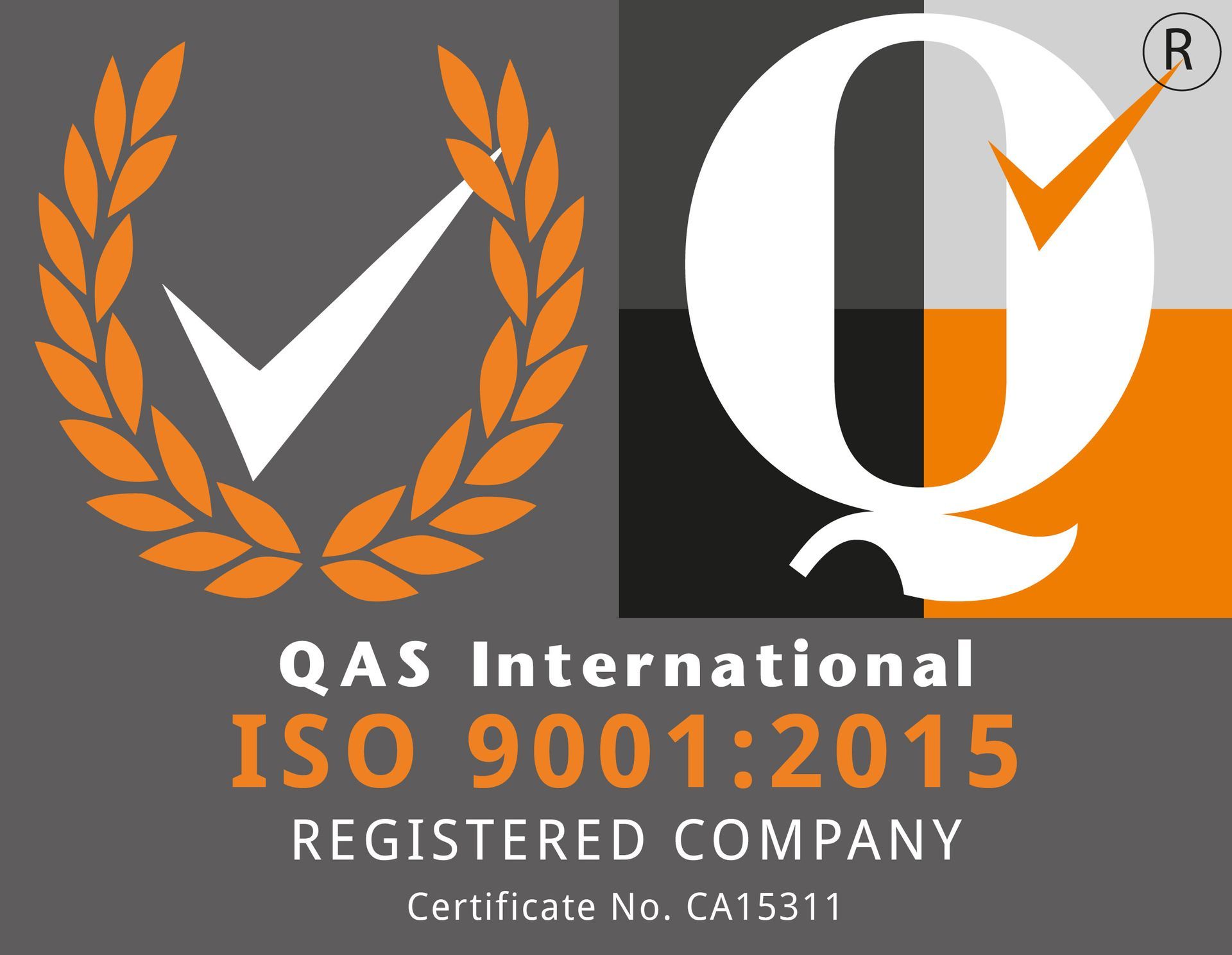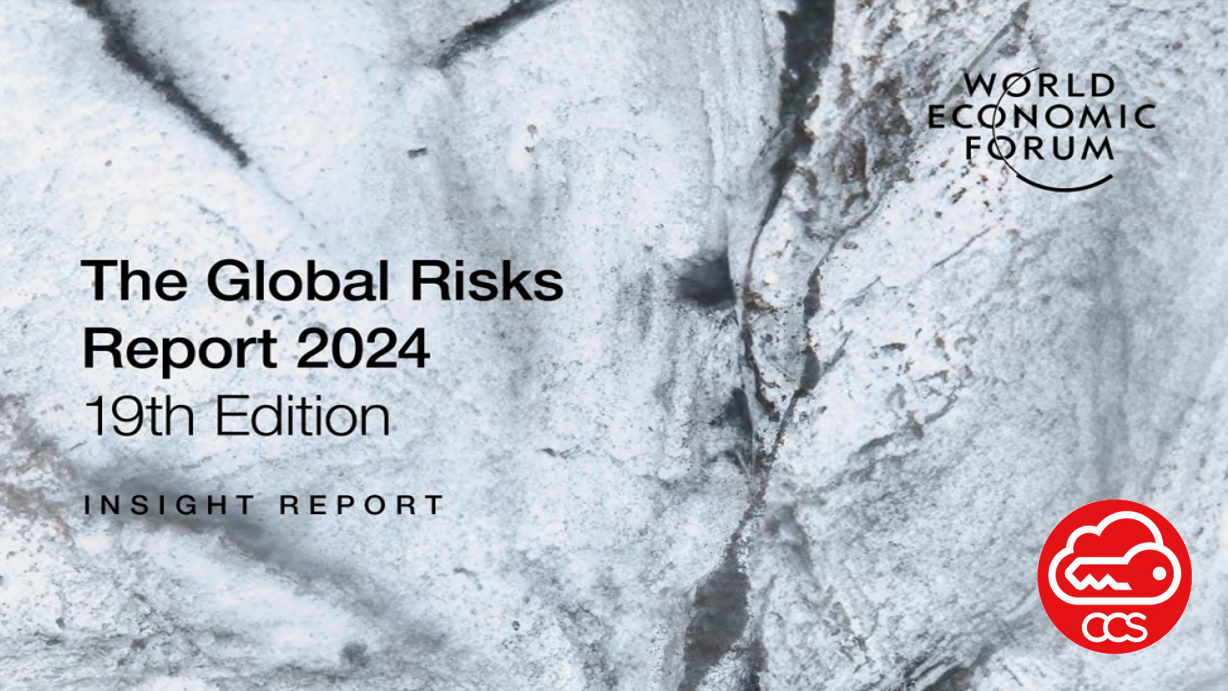ISO 14001 Environmental Management System (EMS)
ISO 14001 aligns environmental sustainability with operational efficiency, regulatory compliance, competitive advantage, cost savings, stakeholder trust, and risk management. Implementing this standard allows your business to demonstrate a commitment to the environment, drive positive change, and position itself as a responsible and forward-thinking organization.



